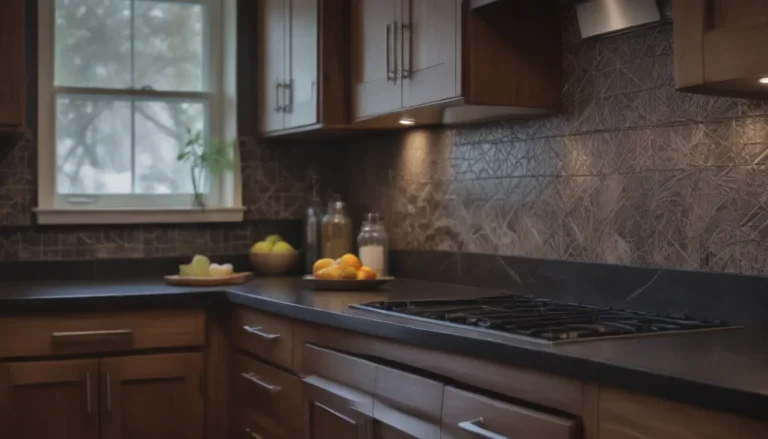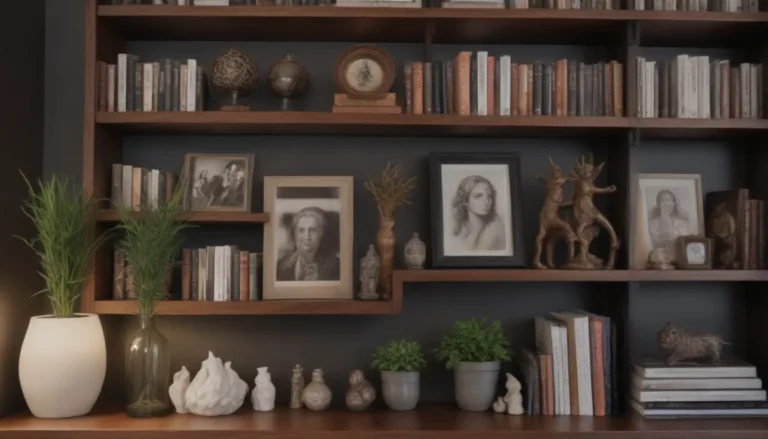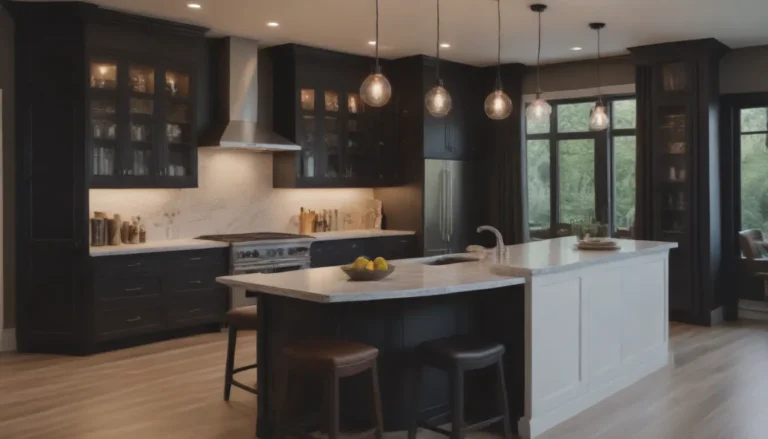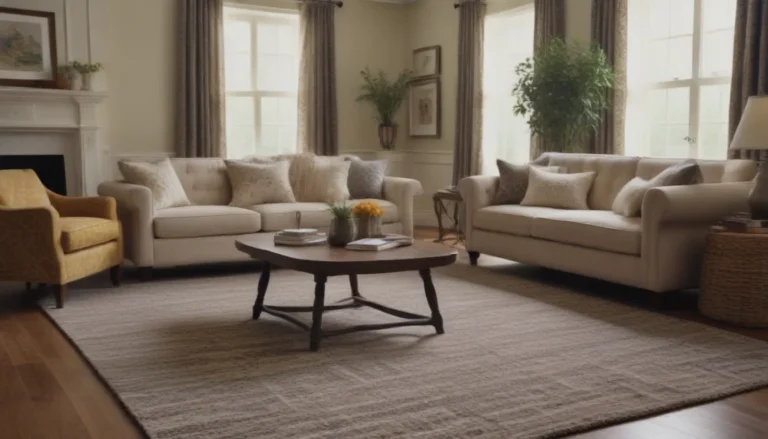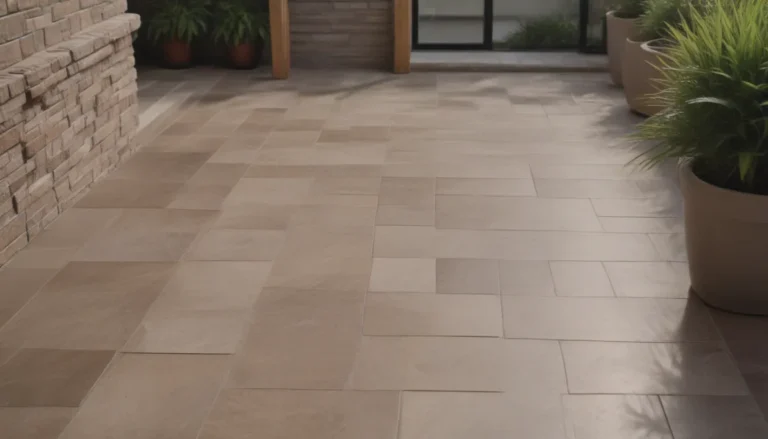Exploring the Fascinating World of Summer Kitchens
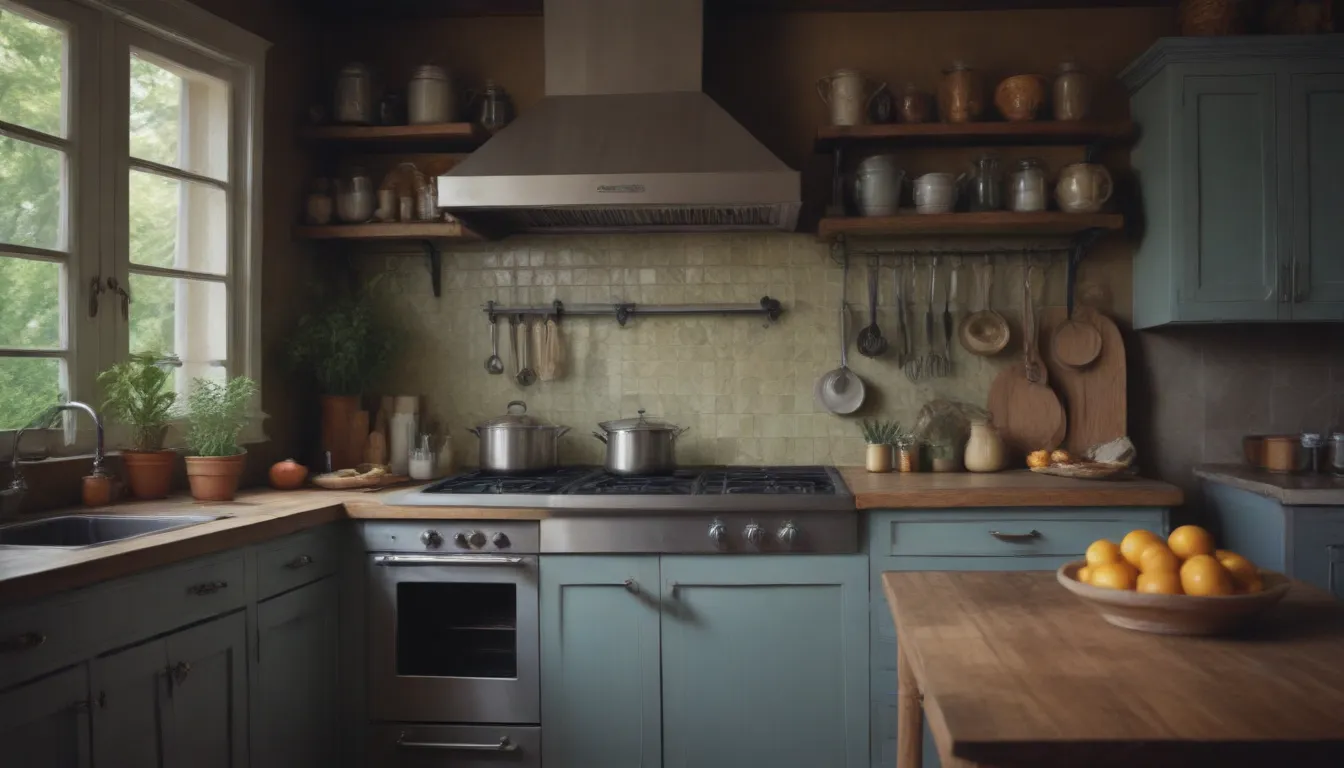
If you’ve ever come across the term summer kitchen but aren’t quite sure what it entails, you’re not alone. Whether it’s mentioned in a real estate listing or spotted at a historic home, the summer kitchen is a small yet significant building that played a crucial role in keeping households fed, fueled, and comfortable during the warmer months of the year. Let’s delve into the captivating history of the summer kitchen, its defining characteristics, and how this unique space continues to make a mark in homes today.
Unveiling the Origins of the Summer Kitchen
The concept of summer kitchens dates back to the 18th and 19th centuries when they gained immense popularity among households of that time. These outdoor buildings were specifically designed to cook, prepare, and store food, with a particular focus on the hot summer months. Imagine a small structure adjacent to the main house, typically constructed from brick or wood, serving as a separate yet integral space for culinary activities.
During this period, air conditioning and indoor plumbing were non-existent, leading households to rely on open fireplaces or coal and wood stoves for cooking. These methods generated substantial heat and odors, making it less than ideal to cook indoors without proper ventilation. To remedy this issue, families turned to summer kitchens as a practical solution to keep the main house cooler and free from cooking-related odors.
Apart from temperature control, summer kitchens also played a crucial role in preventing house fires, a common occurrence in those times due to open-flame cooking and heating methods. By moving the cooking activities to a separate building, families could enhance safety measures and minimize the risk of fire hazards inside the main house. Additionally, the ability to store food and supplies throughout the seasons made these kitchens indispensable in households of varying economic backgrounds.
Key Features of a Summer Kitchen
The quintessential summer kitchen is characterized by its proximity to the main house and its purpose-driven design. Here are some key features that define a traditional summer kitchen:
- Stove or Cooktop: The central element of a summer kitchen, where cooking and food preparation take place while keeping excess heat away from the main house.
- Large Work Surface: Whether it’s a table or countertop, a spacious work area allows for various tasks beyond cooking, such as cleaning produce or tackling household chores.
- Exterior Appearance: Often resembling a shed, summer kitchens can be constructed from materials matching the main house or opting for complementary materials like brick or wood.
- Location: Situated close to the main house, a summer kitchen is typically either semi-detached or fully detached, serving as a standalone structure.
The Evolution of Summer Kitchens in Modern Times
While traditional summer kitchens may have gradually faded into the past, their modern counterparts, known as outdoor kitchens, have taken on a new role in contemporary homes. Equipped with cooking appliances like gas grills, refrigerators, and cooktops, outdoor kitchens provide a versatile space for cooking, dining, and entertaining guests in outdoor settings.
Today, outdoor kitchens represent a coveted feature for homeowners, offering a seamless extension of living space and enhancing the overall outdoor experience—especially in warm climates. Whether it’s hosting a barbecue or enjoying a cozy dinner alfresco, an outdoor kitchen adds both functionality and aesthetic appeal to a home.
In terms of cost, investing in an outdoor kitchen can vary depending on factors such as size, materials used, and complexity. According to the 2018 Remodeling Impact Survey by the National Association of Realtors Research Department, the average cost of an outdoor kitchen ranges from $5,000 to upwards of $25,000, highlighting the range of options available to homeowners looking to create their outdoor culinary oasis.
The Rise of Basement Kitchens as a Modern Solution
For homeowners lacking ample outdoor space, basement kitchens have emerged as a viable alternative to traditional summer kitchens. By relocating the cooking activities to the basement, households can effectively keep the main living areas cooler during the summer months.
Basement kitchens serve a similar purpose as outdoor kitchens, providing a practical solution for those seeking to maintain a comfortable indoor environment while preparing meals. Whether it’s due to spatial constraints or personal preference, basement kitchens offer an innovative approach to creating a functional cooking space within the home.
In conclusion, while the concept of summer kitchens may have originated in a bygone era, its legacy lives on through modern interpretations like outdoor kitchens and basement kitchens. Whether you’re drawn to the historical charm of a traditional summer kitchen or the contemporary convenience of an outdoor culinary haven, there’s no denying the enduring appeal and practicality of these culinary spaces. Take inspiration from the past while embracing the present to create a kitchen environment that suits your lifestyle and enhances your home living experience.
